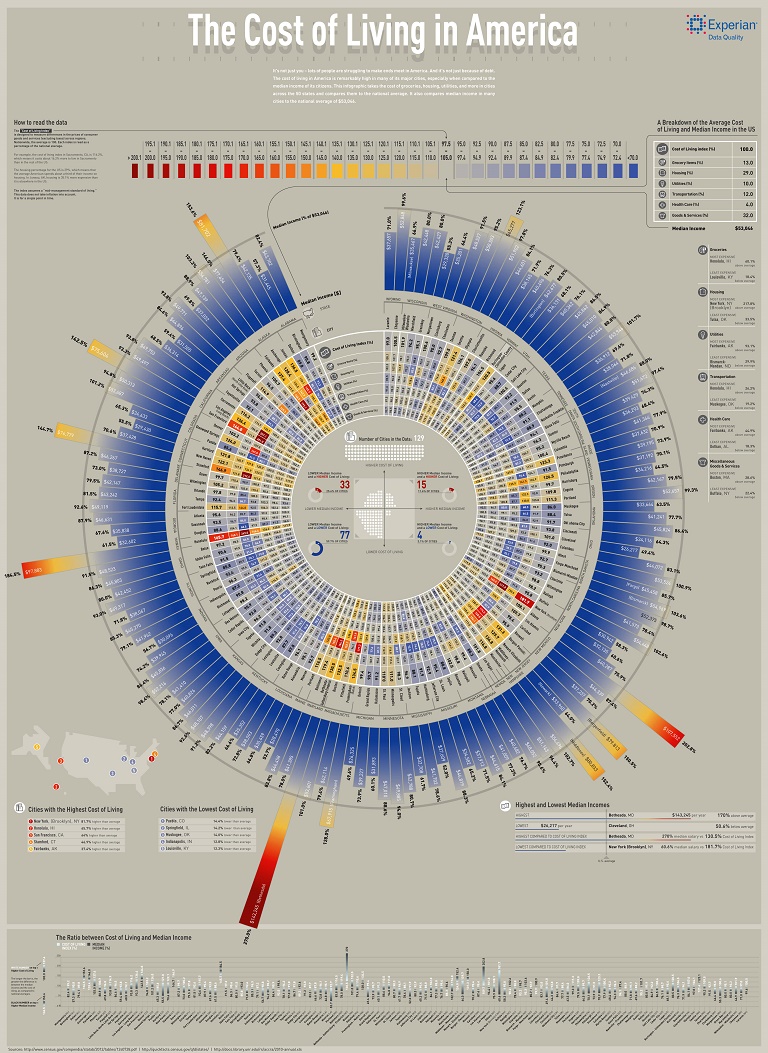Over the past year, three notable policy experts from across the political spectrum have documented the crisis of prime-working-age men dropping out of the labor force. And they have come up with some interesting ideas for getting men back to work.
In his 2016 book “Men Without Work,” demographer Nicholas Eberstadt found that more than 7 million men between the ages of 25 and 54 were not working or looking for work. President Obama’s Council of Economic Advisers corroborated Eberstadt’s findings on the extent of the problem, concluding that the labor force participation rate for prime-aged men fell from 96 percent to 88 percent from 1967 to 2016. For those with only a high school diploma, the labor force participation rate now stands at 83 percent.
And it’s not because these men have something better to do.
These men are generally not engaged in other productive activities like education or child-rearing. Instead, they mostly spend time in leisure activities, though not happily. Opioid use and dependency among them is rampant, and their mortality rates — what Anne Case and Angus Deaton of Princeton University call ‘deaths of despair’ — are rising.
In other words, this trend is a disaster. Getting men back to work is not only critical for them, but for their communities and the U.S. economy.
In a new paper released last week, former New York City Human Resources Administration Commissioner, Robert Doar; former Clinton Labor Department chief economist Harry Holzer; and family and economic stability expert Brent Orrell outlined a range of policy responses that leaders of both political parties in Washington would be smart to consider.
Interestingly, in their long road map for reforms, the authors cite a little public shaming, as well as a lively discussion of the dignity of hard work (as expertly expressed by Mike Rowe) as potential motivators for getting men off the sidelines and back into the workforce.
In other words, to sit around and do nothing deserves a little scolding, they recently wrote in The Hill newspaper:
We endorse a strong public commitment to work by our political, social and community leaders. A little stigma about non-work when work is available is a good thing. Every adult should be engaged in a productive activity in the job market, at school or at home.
They add in their research paper,
Of course, there is no obvious policy lever that can change social norms regarding work. However, that does not mean political leaders are powerless to affect change. Much has been made of our present ‘populist’ political moment, in which leaders have promised to stand up for the men and women forgotten by the distant political elites and victimized by trade, immigration, and elite corruption. These messages should come with an addendum: Just as elected officials have an obligation to defend the interests of Americans, able-bodied Americans must take some responsibility for improving their economic situations by working and pursuing the opportunities that are available.
Aside from calling men out, the authors acknowledge that they disagree among themselves about some of their own plan’s proposed reforms, but they would rather pick all than none. In other words, the political fights in Washington that devolve into each team rooting for its own side is damaging the playing field as much as the players. And for that, elected officials could use a little scolding of their own too.
The situation is dire enough that everything on the table needs to be implemented, particularly since the psychological impact on men not working has such far-reaching consequences, including a decline in marriage and intact families, increased drug use, and recidivism by ex-criminal offenders.
Their proposals include work-focused reforms to government benefit programs such as food stamps and Medicaid, increased tax credits, and more generous wage subsidies. Other ideas include training programs in community colleges and apprenticeships in sectors like health care, advanced manufacturing, and information technology, where labor demand is high.
For others who are hard to employ or residing in depressed communities where few jobs exist, we need to create more jobs through subsidies to employers. Recent evidence shows that we can do so quickly and in large numbers, thereby raising employment among the disadvantaged and creating indirect positive effects, like lower crime.
With the baby boomer generation heading into retirement, the need for more men to work is only going to get worse, especially in male-dominated sectors like construction, which could experience an even higher demand for labor if President Trump and Congress follow through on an infrastructure package.
So shame on the men who just sit around rather than diligently toiling away. There’s plenty of work to be had if men pick themselves up and go out and get it.






